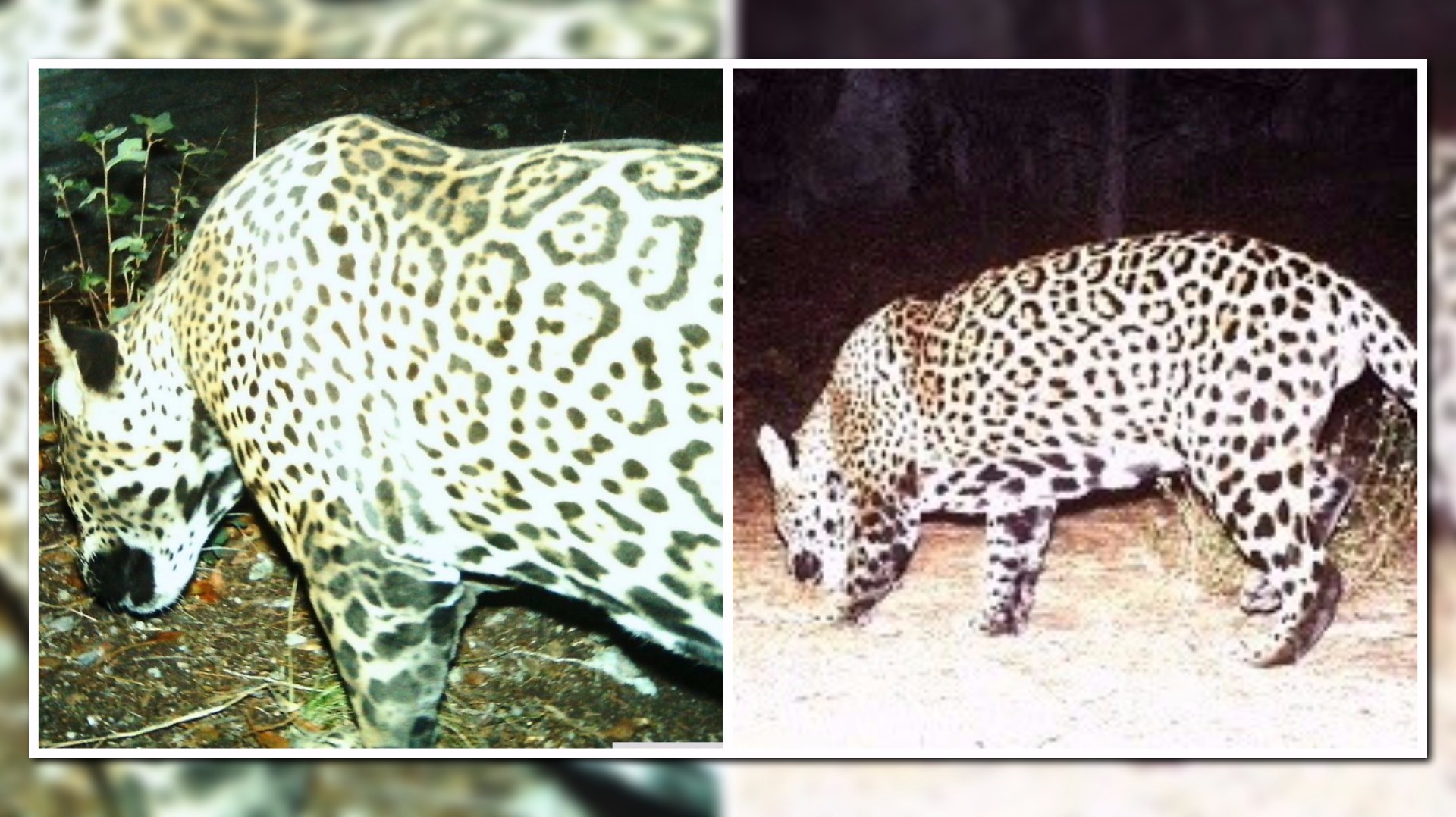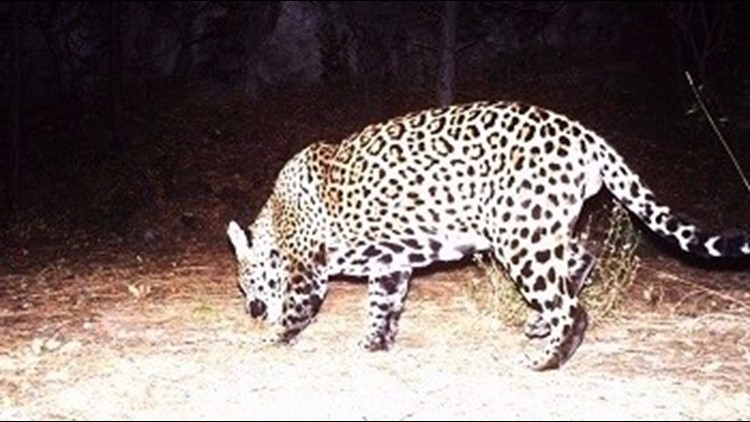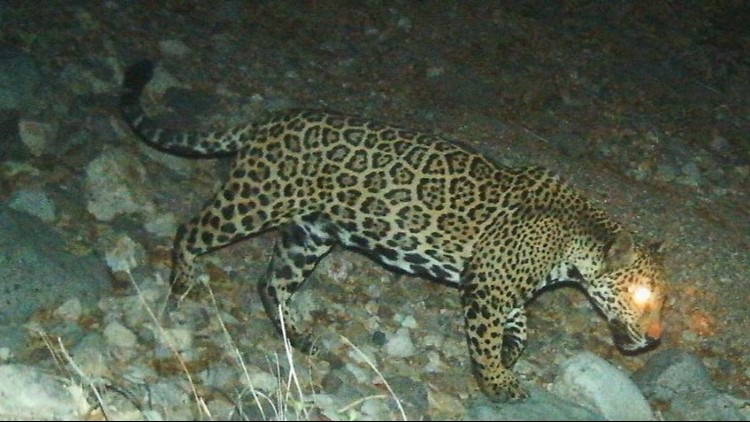Believe it or not, there were plenty of wild jaguars in Arizona at one point.
Now, only a few have been seen in the state since 1996.
But with an uptick in recent sightings -- it begs the question: Are these elusive big cats coming back to Arizona?
Mark Hart of Arizona Game and Fish spoke on the history of jaguars in the desert.
PHOTOS: Jaguars in Arizona
PHOTOS: Jaguars in Arizona
Once a resident
“The history of jaguars in Arizona is a long one. I mean, there used to be plenty of jaguars here in southeastern Arizona and other parts of the state. And the fossil record indicates they ranged up to Grand Canyon, into Colorado maybe California. So it’s a long history."
Hunter became the hunted
As the population in the state increased, the jaguar habitat shrunk more and more.
Hart said jaguars were a prized quarry and legally hunted until 1969 when it was banned by the Arizona Game and Fish Commission.
The jaguar, according to Hart, was listed as an endangered species under the Endangered Species Conservation Act -- a precursor to today's Endangered Species Act -- in 1972.
How many are believed to live in the U.S. now?
“Every 5 to 10 years, a solitary male comes up from Sonora [Mexico], we believe, and wanders around, sometimes covering an area as large as 500 square miles over the years.”
But were they Arizona natives?
“Were they native to Arizona at one time? Sure. But we need to see evidence of breeding -- we need to see evidence of a female. Their range has shrunk over the years to where the closest breeding population is Sonora. Coming up is really a function of the male’s ability to cover vast distances and explore new territory. There’s nothing to pull them up here. there’s no females, so the question is why are they here?”
So … why are they here?
“Why they’re coming up is unknown. We know that they [males] range much further than females and they’re apex predators, so it’s kind of a cakewalk where food, water and shelter are concerned. But there’s no breeding. So, it’s kind of a scientific mystery that no one has a handle on.”
A new cat, what would that mean for the species and conservation efforts?
“We don’t believe that southeastern Arizona is truly part of the jaguar’s range anymore. We think we’re on the northern most periphery of the range. And that’s largely because there’s no breeding here. We think conservation efforts need to be focused in Mexico, where there is a breeding population.”
There’s never been any females spotted?
“There have been [females] in the past. What I’m working on today is trying to nail down the last credible sighting. It’s either 1949 or 1963 depending on who you talk to. But it’s been many years since there’s been a female.”
We've only seen six males in the last 20 years?
“There’s probably been others, but one of the reasons we know about these jaguars is because the popularity of trail cameras has exploded. People are putting up trail cameras all sorts of places and getting imagery. And that’s a tool we didn’t have 40 years ago.”
And if you want to play scientist...
"Jaguar spotting patterns differ and if you can find a unique spot on one, you can use it for comparison purposes. I’m sure you’ll see that there’s a difference between the two cats."
Can you spot the difference?






